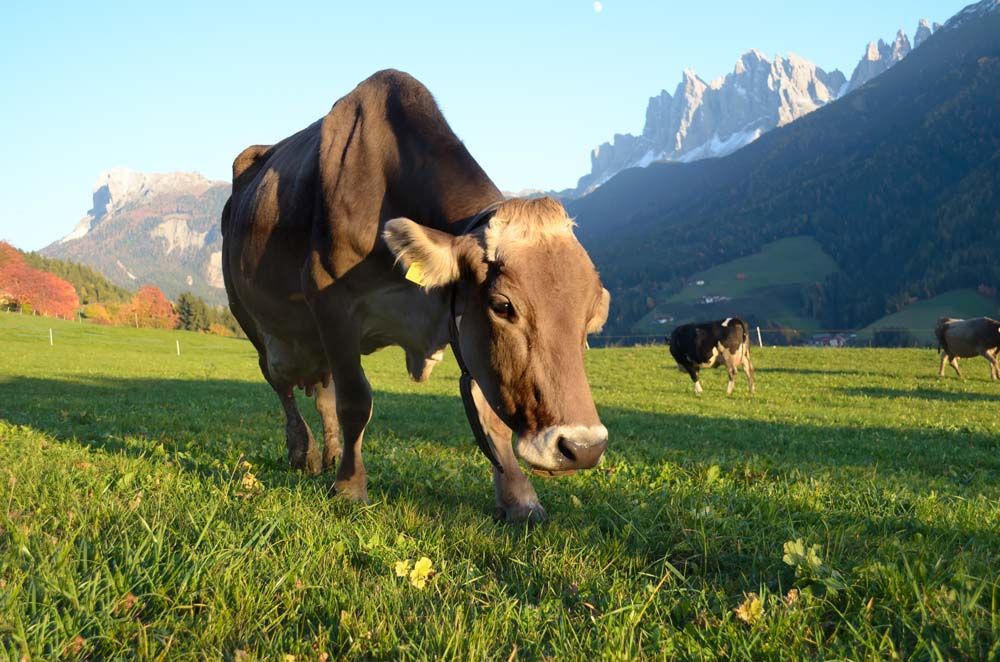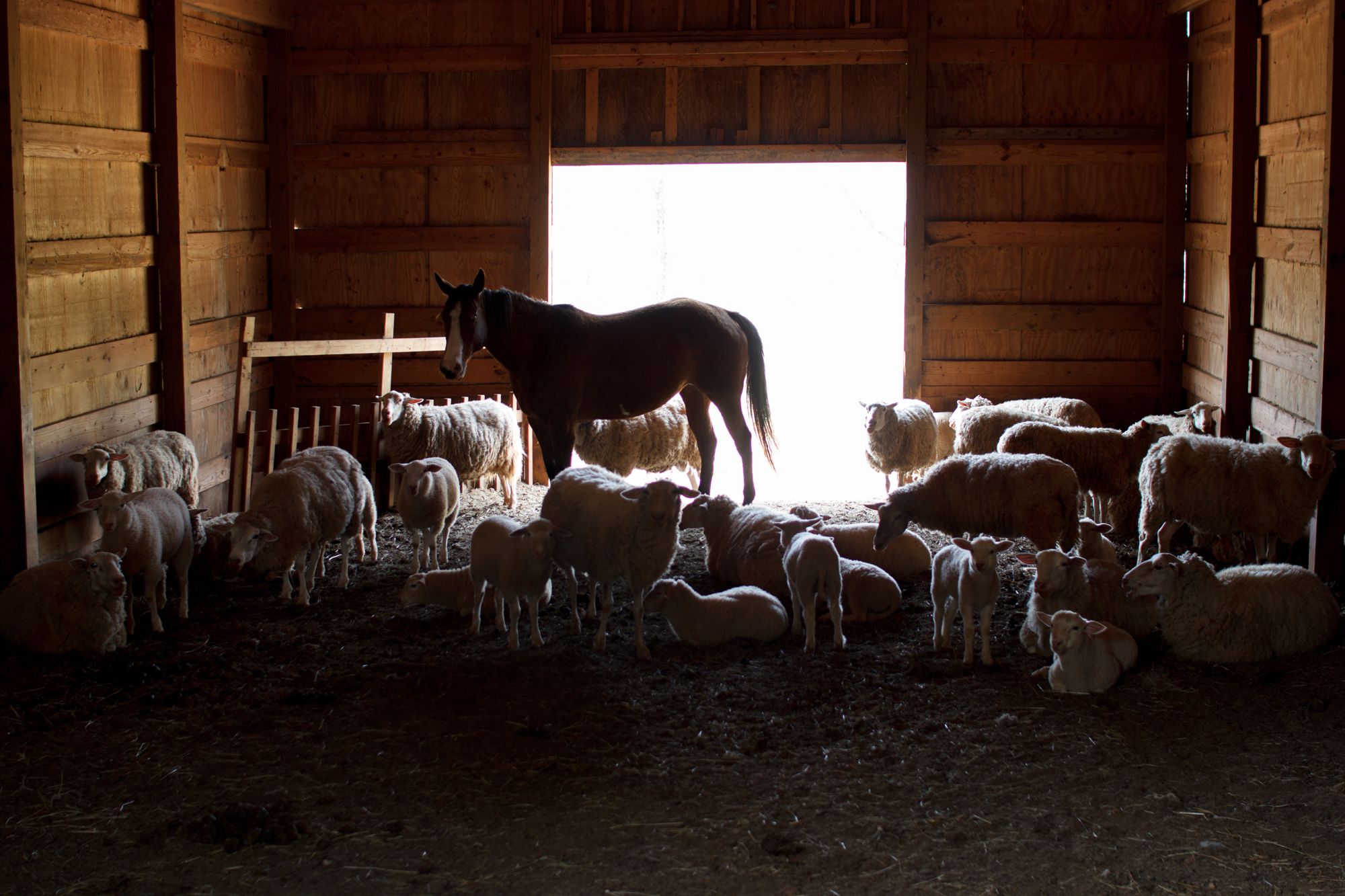How Owls Help Control Pests on the Farm


In the stillness of the night, as your acreage embraces a tranquil peace, the gentle hoots and enigmatic presence of owls stand as guardians of the fields and pastures. Revered, and sometimes misunderstood, these majestic creatures play a vital role in upholding the balance of farm ecosystems.
Their presence is a testament to the health of the environment, and their natural pest control abilities offer a significant benefit to farmers and homesteaders.
Nature’s Pest Control
One of the greatest benefits of having owls is their natural inclination to hunt rodents. Mice, rats and voles can severely damage crops and stored grains, leading to significant economic losses.
Owls — with their remarkable night vision and silent flight — effortlessly control these pests. A lone barn owl family can effectively consume thousands of rodents in a year, offering invaluable assistance to farmers without relying on chemical pesticides.
Biodiversity Boosters
Owls play a crucial role in maintaining a healthy and balanced ecosystem on the farm. By controlling pest populations, they support the survival of various other species, contributing to the farm's resilience against pests, diseases and changing climate conditions.
Reducing Chemical Dependence
Encouraging owl populations for natural pest control reduces the need for harmful chemical pesticides, promoting more sustainable and organic farming practices. This leads to a healthier environment and meets the growing consumer demand for organic produce.
Educational Opportunities
For farms open to agritourism, owls present a wonderful opportunity for education and engagement. Visitors, especially children, are often captivated by these enigmatic birds.
Farms can utilize owls to educate about ecosystems, predator-prey relationships and the significance of wildlife conservation. This educational aspect can elevate the farm’s value as a community resource and an educational hub.
Attracting Owls to the Farm
Farmers can take several steps to attract and support owl populations:
- Nest Boxes: Installing nest boxes tailored for species like barn owls can provide them with safe nesting sites. These boxes should be placed in quiet, undisturbed areas away from human activity.
- Preserve Natural Habitat: Maintaining patches of native vegetation and wooded areas can provide owls with hunting grounds and roosting sites.
- Minimize Pesticide Use: Reducing or eliminating the use of rodenticides and other pesticides can help ensure that owls have a healthy food supply and are not poisoned indirectly.
- Support Local Wildlife Organizations: Partnering with local wildlife organizations can provide additional resources and expertise in attracting and maintaining healthy owl populations.
Simply put, owls are the best! They transcend their nocturnal nature to become essential allies in sustainable farming. Their invaluable role in natural pest control, biodiversity promotion and reducing reliance on harmful chemicals makes them indispensable to the farm ecosystem.
By creating and caring for environments where owls can thrive, farmers and homesteaders not only protect their crops, but they also contribute to the broader health of the environment. Embracing these silent guardians can lead to a more harmonious and sustainable future.
Tags:Country Critters

Acreage Life is part of the Catalyst Communications Network publication family.














